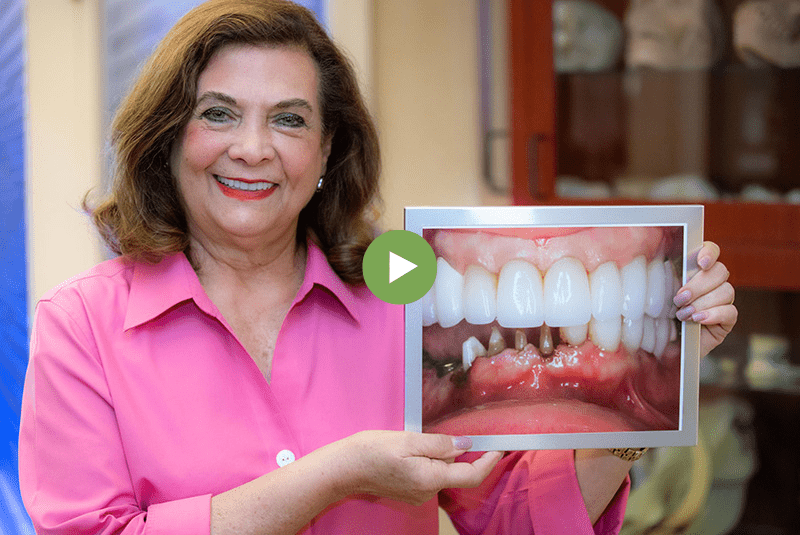When Is Bone Grafting Needed?
If you’ve lost one or more teeth, you may have noticed that the remaining bone in your jaw has “shrunk” and even caused surrounding teeth to sink toward the empty space. This is known as bone resorption, or atrophy, and occurs naturally when a tooth has been lost or extracted. Over time, bone loss can make it difficult or impossible to become a candidate for dental implants. Our bone grafting in Cape Coral, FL can build up thin, weak, or underdeveloped bone in your jawbone and is a crucial first step toward receiving one or more dental implants.
Our dentists at Cape Dental Care, Drs. Mark and Phillip Kraver provide this treatment conveniently in our office. With extensive residency training and experience in bone grafting, they also remain up to date on the latest advancements in techniques used during these procedures by attending many hours of continuing education each year. We’ll provide the personalized services you need to gain candidacy for dental implants, no matter how many missing teeth you have!
Benefiting From Bone Grafting

Our Select Bone Grafting Services
Bone grafting involves placing bone or bone-like materials beneath your gums in areas where the natural bone is thin, then allowing the materials to fuse with your existing bone tissue. This will build up a healthy and dense foundation fit for dental implants. We offer local anesthetic and other sedation dentistry services to ensure your comfort throughout your procedure.
Extensive jawbone loss due to multiple missing teeth in a row can leave the entire portion of the jaw ridge thin and uneven. A ridge augmentation restores the natural contours and volume to the jawbone so that dental implants can be securely placed.
Teeth lost in the upper back portion of the jaw leave bone that is thin and short, directly beneath the sinus cavity. To avoid harming this membrane, a sinus lift involves elevating the membrane so that bone grafting material can be added beneath. Healthy bone will be tall enough to support one or more dental implants.
Our Patients Tell The Story Best
RESTORE YOUR BONE AND YOUR SMILE.
Find out if you qualify for Dental Implants during your consultation!
I understand the information disclosed in this form may be subject to re-disclosure and may no longer be protected by HIPAA privacy regulations and the HITECH Act.

